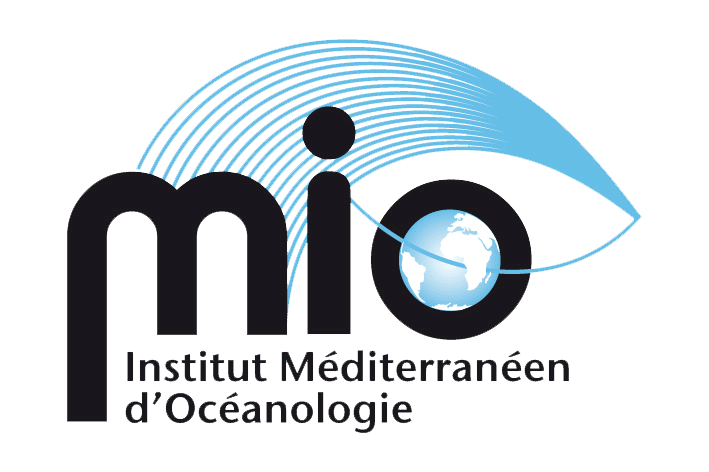Hélène Thibault soutiendra sa thèse le mercredi 10 décembre 2025 à 8h30 à l’Amphithéâtre OCEANOMED sur le sujet suivant : Rôle du micronecton dans les flux de carbone de l’Atlantique Nord-Est: approche par modélisation et données in situ.
Join Zoom Meeting
Membres du Jury
- Jean-Christophe POGGIALE, Professeur AMU – Président du jury
- Laurent BOPP, Directeur de recherche CNRS – Rapporteur
- Anne LORRAIN, Directrice de recherche IRD – Rapportrice
- Christophe MENKES, Directeur de recherche IRD – Examinateur
- Tiphaine CHOUVELON, Ingénieure de recherche ULR – Examinatrice
- Frédéric Ménard, Directeur de recherche IRD – Co-Directeur de thèse
- Séverine MARTINI, Chargée de recherche CNRS – Co-Directrice de thèse
Résumé
The mesopelagic zone (200–1,000 m), also referred to as the “twilight zone”, plays a central role in the ocean’s biological carbon pump (BCP), regulating global climate by transferring organic carbon from surface waters to the deep ocean. Among its inhabitants, micronekton—small fishes, crustaceans, cephalopods, and gelatinous organisms (2–20 cm)—are key intermediaries linking zooplankton to top predators and driving active carbon transport through diel vertical migrations (DVM). Despite their ecological importance, major uncertainties remain regarding their biomass, community composition, vertical distribution, and contribution to carbon sequestration due to observational and modeling limitations. This thesis aims to improve understanding of the role of micronekton in midwater ecosystems and their contribution to the BCP by combining field observations, and mechanistic modeling. Using data collected during the APERO campaign in the Northeast Atlantic (PAP-SO), the thesis examines the vertical structure, trophic organization, and functional diversity of micronekton communities through isotopic and functional analyses. Results reveal strong vertical segregation, with migrating functional groups dominating both in abundance and biomass, emphasizing their role in transferring surface-derived carbon to depth and sustaining mesopelagic predators. A mechanistic model was developed to explicitly represent micronekton metabolism and vertical migration. The model quantifies carbon export induced by micronekton DVM under varying environmental conditions of light, temperature, and primary production. Sensitivity analyses identify respiration and capture rates as key parameters controlling active flux, with seasonal, taxonomic, and community size variability modulating export efficiency. Calibrated with acoustic and trawl data, model estimates obtained under post-bloom conditions revealed clear contrasts across mesoscale features: cyclonic eddies of subpolar origin, dominated by the glacier lanternfish Benthosema glaciale, exhibited the highest micronekton biomass and carbon export, highlighting the strong coupling between community structure and biogeochemical fluxes. Altogether, this work contributes to the understanding of micronekton-mediated carbon flow and export by integrating assessment of micronekton ecology and biogeochemical function in a temperate system. The results underline the need for global observation networks and data–model integration to assess the resilience and future role of the twilight zone in ocean carbon cycling in a context of global change.
Keywords
Micronekton, mesopelagic zone, biological carbon pump, ecology, trophic interactions





